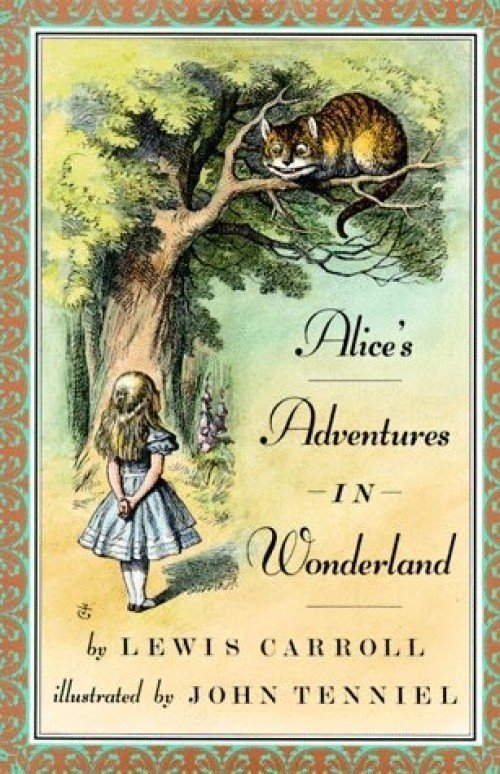Alice in Wonderland Book Review

Lewis Carroll's Alice's Adventures in Wonderland is a children's classic that has been enjoyed by readers of all ages for over 150 years. The book tells the story of a young girl named Alice who falls down a rabbit hole and enters a world filled with strange creatures and absurd situations. In this blog post, we will review Alice's Adventures in Wonderland, analyzing its themes, characters, and literary devices.
Plot Summary
Alice's Adventures in Wonderland begins with Alice sitting on the bank of a river, bored and daydreaming. Suddenly, she spots a white rabbit with a pocket watch, and she follows him down a rabbit hole. This is where her adventure begins. Alice finds herself in a world where nothing is quite as it seems. She grows and shrinks in size, meets talking animals and creatures, and experiences bizarre situations. Throughout her journey, Alice is desperately trying to find her way home.
Themes
One of the central themes of Alice's Adventures in Wonderland is the loss of innocence. Throughout the book, Alice confronts many of the harsh realities of the adult world. She discovers that logic and reason do not always apply, and that the world is full of arbitrary rules and injustices. This theme is exemplified by Alice's experiences with the Queen of Hearts, who is a cruel and arbitrary ruler.
Another prominent theme in the book is the power of imagination. Alice's Adventures in Wonderland is a celebration of the imaginative mind, and it encourages readers to embrace their own creativity. The book shows how powerful and transformative the imagination can be, as Alice's journey through Wonderland changes her in profound ways.
Characters
One of the most memorable characters in the book is the Cheshire Cat. This enigmatic feline is known for his mischievous grin and his tendency to disappear and reappear at will. The Cheshire Cat is a symbol of the illogical and unpredictable nature of Wonderland, and he represents the idea that things are not always as they appear.
Another important character is the Mad Hatter. This eccentric tea-party host is known for his nonsensical riddles and his obsession with time. The Mad Hatter represents the chaos and disorder of Wonderland, and his character is a commentary on the arbitrary nature of rules and societal conventions.
Literary Devices
Carroll employs several literary devices in Alice's Adventures in Wonderland, including satire, irony, and symbolism. Satire is used to poke fun at the rigid conventions and rules of Victorian society, and the book is filled with ironic commentary on the absurdities of the adult world.
Symbolism is also used throughout the book. For example, Alice's growth and shrinking in size represents her changing perception of the world, and her struggle to find her place in it. The characters and events in Wonderland are often symbolic of larger themes and ideas, such as the arbitrary nature of authority, the power of imagination, and the loss of innocence.
Conclusion
Alice's Adventures in Wonderland is a timeless classic that has captivated readers of all ages for over a century. Its themes of loss of innocence and the power of imagination continue to resonate with readers today, and its colorful cast of characters and inventive world-building make it a joy to read. Whether you are a child discovering the book for the first time or an adult revisiting it, Alice's Adventures in Wonderland is a delightful and thought-provoking work of literature that deserves a place on everyone's bookshelf.